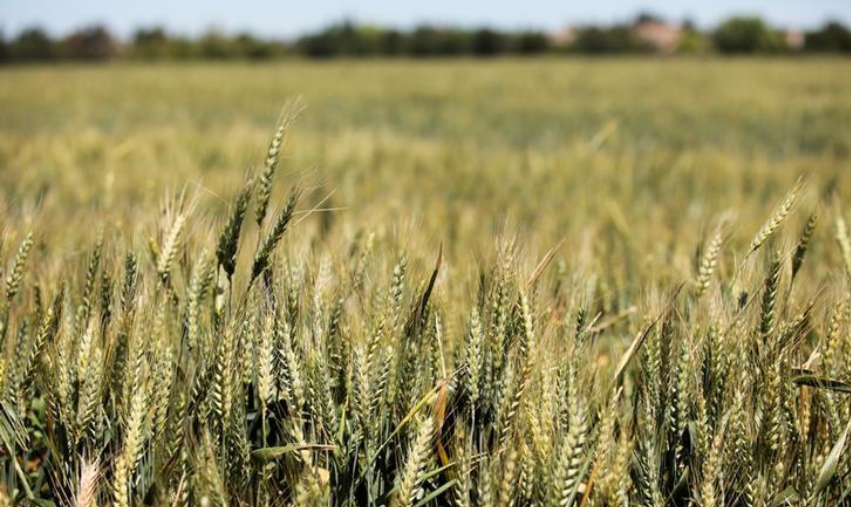Mexican bread, pasta and flour-tortilla makers are seeking alternative suppliers of wheat to reduce their dependence on the United States as trade relations between the two neighbors deteriorate.
Mexico, the top importer of U.S. wheat, is increasingly turning to cheaper supplies from Russia, which surpassed the United States as the top global wheat supplier in 2016.
Now the U.S. market share decline is accelerating as Mexico casts about for more alternative suppliers in Latin America and elsewhere to hedge against the risk that U.S. grains will get more expensive if the Mexican government imposes tariffs, according . . .






